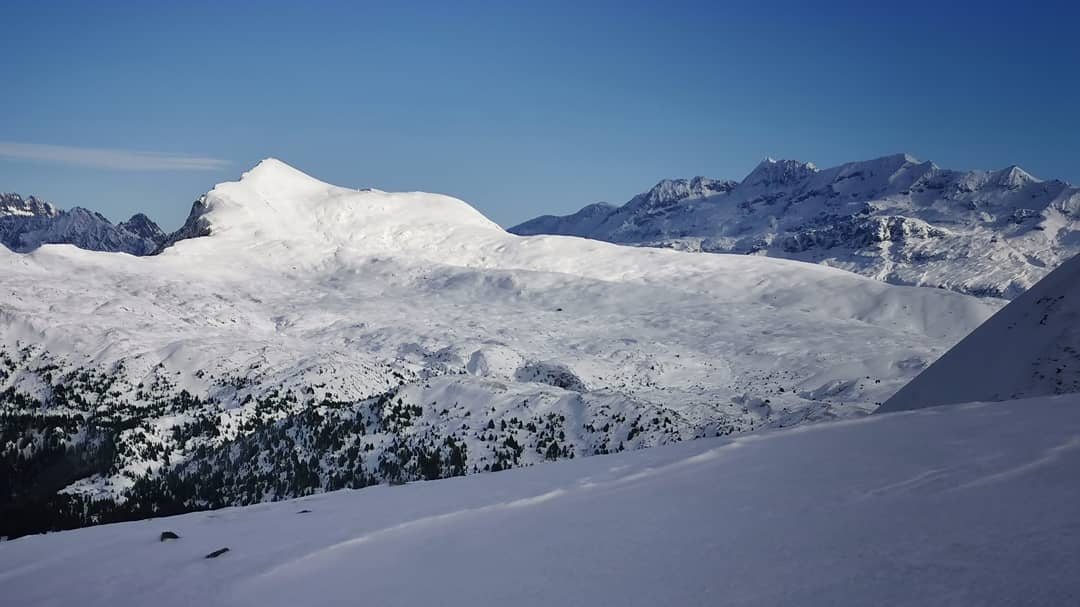Are Media Reports on Resorts Closing Making Resorts Closing More Likely?
Media reports which focus on one little-known ski area closing their ski operations, but giving the impression that resort closure of low lying resorts is widespread, appears to be driving demand for high altitude resorts.

Mainstream media reports which focus on one little-known ski area closing their ski operations, but giving the impression that resort closure of low lying resorts is widespread, appears to be driving demand for high altitude resorts. This seems to be further damaging the business models of mid-altitude centres.
There are thousands of small to medium ski areas at low elevations across the Alps, many of them struggling to stay in business due to changing consumer patterns, increasing operating costs and climate change. The pattern, which has been ongoing since the 1970s, is gradually accelerating but for now the vast majority though continue to operate. However the selective media reports appears to be hastening the demise of more viable centres.
“Ironically there are also some winners, when the media makes climate-change the focus of their ski articles - being able to boast of being the highest ski resort in Europe means those skiing-and-climate-change articles are making Val Thorens the most booked ski resort in the shoulder months of December and April,” said Richard Sinclair of specialist ski holiday agency SNO.co.uk
Once published, the reports spread around the internet, copied by multiple publications worldwide, sometimes as they originate with news agencies that licence the content.
“The last few years have seen excellent early snow and great December conditions so this is definitely having an impact. Bookings are overweighted towards the higher resorts (where there is skiing above 2000m even if the base resort is much lower) as skiers like to have some form of snow guarantee,” added Xavier Schouller who runs ski holiday companies Peak Retreats and The Ski Collection.
Some centres though are finding there’s an advantage to the media obsession with highlighting apparent victims of climate change to unexpectedly find a way for them to stay open. Essentially the publicity leads to much hand ringing by local and regional politicians concerned by news of an impending closure and money is found to cover an essential lift upgrade or some other improvement and the ski resort manages to keep going,
The most recent reports, copied all around the world, saw French resort L'Alpe du Grand Serre listed as shutting down for good due to climate change. After the media furore though money has been found and they’re opening this season after all, snow permitting. That hasn’t been noticed, not even by Google's AI, and while it may only be a temporary reprieve, we don't yet know, instead its still being reported as an example of climate change closure.
It’s not the only one.
“Austria’s Heiligenblut will open the whole ski area this year again. The newspapers wrote in summer that the ski area will be closed,” said Oliver Kern of SkiResort.info.
Heiligenblut has high altitude terrain so wasn’t one of those impacted by climate change so much and put its operational difficulties down to high energy costs and changing consumer preference towards bigger areas. There are other similar examples including France's La Chapelle d'Abondance.
Other areas long closed have actually reopened without much media attention. Swiss ski resort San Bernardino was brought back to life last winter after nearly a decade of little or no operation after a local investor decided it had long term potential.
None of this is to imply that climate change is not a growing threat to ski resorts worldwide, nor that ski areas aren’t closing for multiple reasons, including climate change. Just that extrapolating what's really happening into the apparent rapid end of the global ski industry may inadvertently hasten that along.




